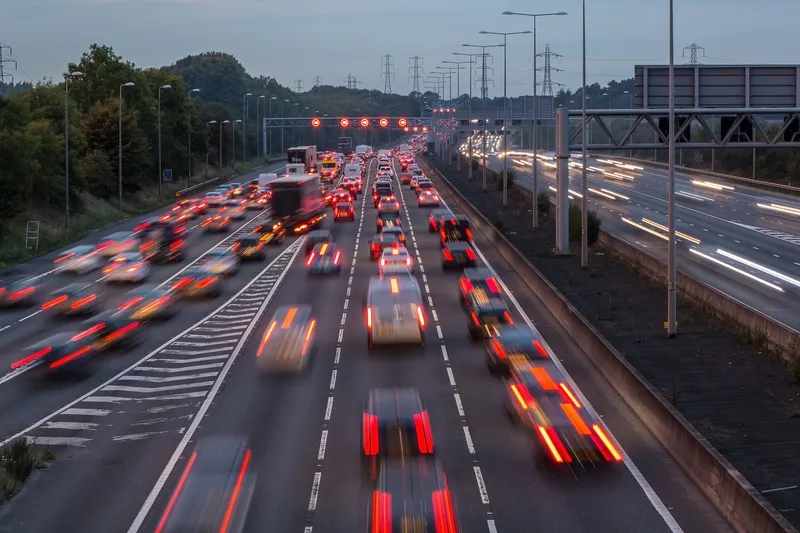Following a public review of speed limits on Queensland’s roads, the Queensland police service has revealed a further reduction in speeding tolerances will begin in a bid to reduce the state's road toll.
Transport Minister Scott Emerson said the speed review was one of 60 actions announced as part of the Newman Government's $350 million, two-year Road Safety Action Plan and revealed most of the 3,300 submissions to the review wanted increased limits. "About 52 per cent of the submissions identified speed
September 20, 2013
Read time: 2 mins
Following a public review of speed limits on Queensland’s roads, the Queensland police service has revealed a further reduction in speeding tolerances will begin in a bid to reduce the state's road toll.
Transport Minister Scott Emerson said the speed review was one of 60 actions announced as part of the Newman Government's $350 million, two-year Road Safety Action Plan and revealed most of the 3,300 submissions to the review wanted increased limits. "About 52 per cent of the submissions identified speed limits being too low and 32 per cent as being too high," Emerson said.
Road Policing Command Acting Assistant Commissioner Mike Keating said police would continue to monitor compliance with speed limits and the impact on road safety.
"Our message today is drive to the posted speed limits; that is the maximum speed permitted to be travelled on the road at that time," he said. "As at midnight last night, the Queensland road toll was 201. This is six more road deaths than at the same date in 2012 and 27 more than at the same date in 2010. This is not acceptable."
Last year, it was reported that the state's antiquated camera system gave driver more leeway to speed than anywhere else in the country, as the system could not cope with a higher volume of fines.
Experts have also long called for the reduction, saying drivers factor in the unofficial speed limit.
Transport Minister Scott Emerson said the speed review was one of 60 actions announced as part of the Newman Government's $350 million, two-year Road Safety Action Plan and revealed most of the 3,300 submissions to the review wanted increased limits. "About 52 per cent of the submissions identified speed limits being too low and 32 per cent as being too high," Emerson said.
Road Policing Command Acting Assistant Commissioner Mike Keating said police would continue to monitor compliance with speed limits and the impact on road safety.
"Our message today is drive to the posted speed limits; that is the maximum speed permitted to be travelled on the road at that time," he said. "As at midnight last night, the Queensland road toll was 201. This is six more road deaths than at the same date in 2012 and 27 more than at the same date in 2010. This is not acceptable."
Last year, it was reported that the state's antiquated camera system gave driver more leeway to speed than anywhere else in the country, as the system could not cope with a higher volume of fines.
Experts have also long called for the reduction, saying drivers factor in the unofficial speed limit.










